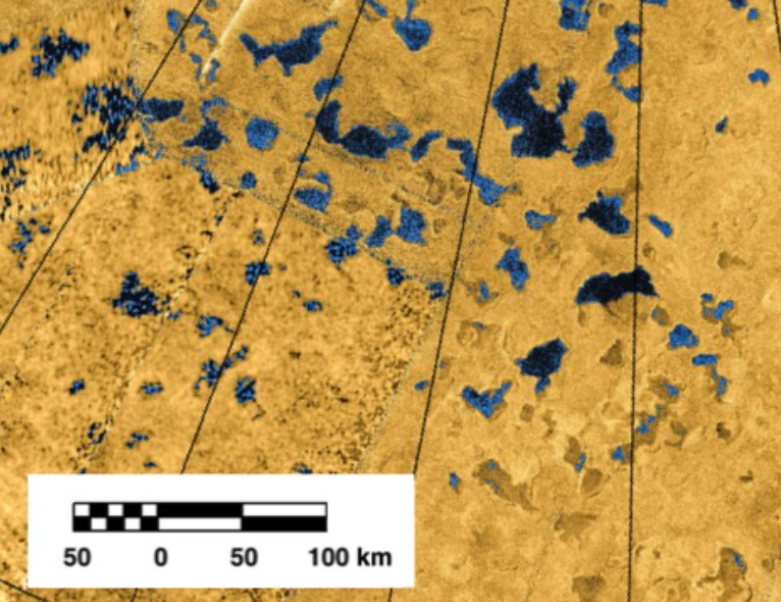
Credits: NASA’s Goddard Space Flight Center
The first building blocks of life on Earth may have formed thanks to eruptions from our sun, a new study finds.
A series of chemical experiments show how solar particles, colliding with gases in Earth’s early atmosphere, can form amino acids and carboxylic acids, the basic building blocks of proteins and organic life. The findings were published in the journal Life.
To understand the origins of life, many scientists try to explain how amino acids, the raw materials from which proteins and all cellular life, were formed...
Read More









Recent Comments